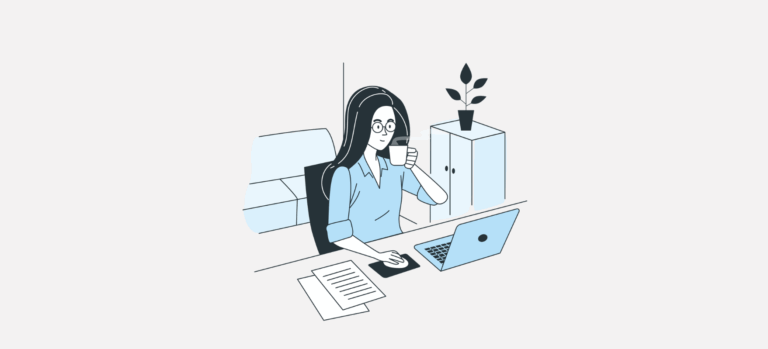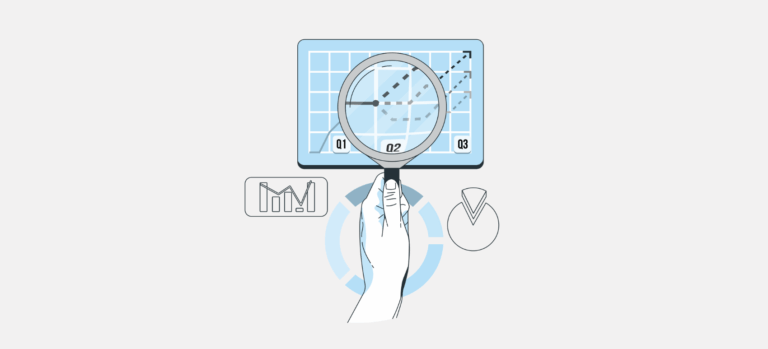Pension Planning for the Self-Employed

Pension solutions for the self-employed
As a self-employed person, you must build your own social security and retirement plan. Unlike employees, you do not automatically have access to the 2nd pillar (LPP), and your coverage in case of loss of income or death is not guaranteed. That’s why it’s essential to set up a retirement strategy suited to your situation.
The Swiss pension system is based on three pillars, but how they work differs significantly for the self-employed. Here’s what you need to know:
The pillar 3a is the cornerstone of your retirement planning as a self-employed person. You can contribute up to 20% of your net income, with a maximum of CHF 36,288 (2025) — much higher than for employees. These amounts are fully deductible from your taxable income, offering a significant tax advantage.
You can choose between bank solutions (3a accounts or investment funds) and insurance solutions (which include death and disability coverage). The withdrawal of funds is locked until 5 years before the official retirement age (OASI), except in specific cases such as purchasing property, permanently leaving Switzerland, or starting self-employment.
The pillar 3b complements your retirement strategy without the restrictions of the 3a. There is no contribution limit, no fund lock-in, and you are free to decide how and when to use your savings.
In insurance, the 3b allows you to cover needs such as protecting your family in case of death, a disability income, or building a free capital reserve. The premiums are not tax-deductible (except in Geneva and Fribourg), but death benefits are paid outside the estate, and payouts often enjoy favorable tax treatment.
As a self-employed person, you are not required to join a pension fund. However, you can choose to voluntarily affiliate with a pension institution or the Substitute LPP Foundation. This option allows you to benefit from the advantages of the 2nd pillar: tax deductions, additional retirement capital, and death/disability coverage.
Voluntary affiliation can be especially attractive if you want to maximize your retirement savings while gaining additional tax benefits. However, pension fund options are limited, and the returns from the Substitute LPP Foundation are often lower than market averages.

Our guides to pension planning for the self-employed
Discover everything you need to know about retirement planning for the self-employed in Switzerland.
Our skills
We offer comprehensive support to help you secure your financial future and optimize your assets. Whether you're looking to finance a property, prepare for retirement, analyze your pension scheme or retrieve forgotten BVG assets, our experts will guide you every step of the way.
Retirement Planning
We analyze your overall situation to determine the level of income you'll need at retirement and the gaps you'll need to fill.
Pension Analysis
A complete diagnosis of your current situation: income, expenses, assets, existing cover. We identify your real needs and the risks to be covered.
Underwriting and 3a consulting
Whether you're looking for investment or insurance solutions, we'll find the 3a that matches your profile and objectives. Our partners are selected for the quality of their products.
Underwriting and 3b consulting
We offer 3b insurance solutions to protect you and your loved ones. Flexible cover that adapts to changes in your business and personal life.
BVG/LPP asset management
We can help you optimize the management of your vested benefit capital: choice of investment, withdrawal strategy, and utilization opportunities (buyback, real estate financing).
Frequently asked questions about pensions for the self-employed
Here are the answers to the most frequently asked questions about pension provision for the self-employed in Switzerland.
No, you’re not required to. Unlike employees, affiliation to the 2nd pillar is optional for the self-employed. However, you can choose to voluntarily join a pension institution, which can be a smart move to strengthen your retirement plan and increase your tax deductions.
As a self-employed person without a 2nd pillar, you can contribute up to 20% of your net income, with a maximum of CHF 36,288 per year. If you are affiliated with a pension fund, the limit is the same as for employees — CHF 7,258 (2025).
Yes, in Geneva, Pillar 3b premiums can be deducted of your taxable income, within certain limits set by cantonal legislation.
The deductible amounts are as follows:
- CHF 2,232 for single people (single, widowed, divorced or separated).
- CHF 3,348 for married couples.
These amounts may be doubled if the taxpayer or taxpayers are not affiliated to a pension fund (LPP). If only one of the spouses is affiliated, the limit is increased to 1.5 times the basic amount.
The deduction is also increased by 900 CHF per dependant.
For example: a single parent, not affiliated to a pension scheme, living alone with dependent children, can benefit from double the deduction, plus the increases for family dependants. If only one of the spouses is affiliated, the increase per dependant is raised to CHF 1,350.
The bank-based 3a is a pure savings solution (account or investment fund) without risk coverage. The insurance-based 3a combines savings and protection: in the event of death or disability, future premiums are covered, and the planned capital is guaranteed. Insurance costs more but provides added security.
Your assets remain locked in your vested benefits account or policy until retirement (or up to 5 years before the AVS age). You can withdraw them to finance your primary residence, start a new self-employed activity, or transfer them if you voluntarily join a pension fund.
Ideally, from the very start of your self-employed activity. The earlier you begin, the more you benefit from compound interest and the easier it is to spread out your contributions. Even if you’ve been established for several years, it’s never too late to optimize your retirement planning and fill the gaps.
The OASI pays a widow’s or widower’s pension and orphan’s benefits, but these payments are often insufficient. A life insurance policy under pillar 3a or 3b ensures a lump sum for your loved ones to maintain their standard of living, repay debts, or fund children’s education. The amount to insure depends on your family situation and financial obligations.
Why choose Invexa?
Invexa will work with you rigorously, ethically and objectively to optimize your retirement and personal finances, without any conflict of interest.
Independent advice
Invexa is not affiliated with any bank or insurance company. We are on your side, defending your interests to the best of our ability.
Results-oriented approach
We'll help you make concrete, realistic decisions that are consistent with your tax, business and family situation.
Expert advice
Our advisors are specialists in their field and hold qualifications recognized in Switzerland.
All-round Support
Our team is at your disposal to advise and support you at all times, for simple or complex situations.
Essential protections to put in place
Disability pension (illness and accident)
An illness or accident could prevent you from working for years—or even permanently. Without replacement income, how would you maintain your standard of living? Loss of income insurance and accident coverage are essential to secure an income in difficult times. This type of benefit usually takes effect after a disability of at least 25%.
Insurance in the event of death
If you were to pass away, would your loved ones have the means to maintain their standard of living? To repay a mortgage? Life insurance provides a lump sum to your family and protects their financial future. It’s especially crucial if you have children or a partner who depends on your income.
Wealth building
Beyond protection, it’s about building your retirement capital. Every franc saved today brings you closer to financial freedom tomorrow. A consistent, tax-efficient savings strategy makes all the difference over time. As a self-employed person, a valuable option is the waiver of premium in case of disability. This means the insurer takes over your premium payments and continues saving on your behalf.
Complementary modules
Some policies offer flexibility in the event of a change in your personal situation — such as marriage, the birth of a child, buying a home, or a career change. In such cases, it is possible to increase the insured pension up to a certain limit — often 25% or CHF 18,000 — without having to go through a full medical underwriting process again. In addition, some insurers allow a review every five years, which can be useful if your income increases or your lifestyle changes.
Get advice
Make a free appointment with one of our financial planning experts for personalized advice.





